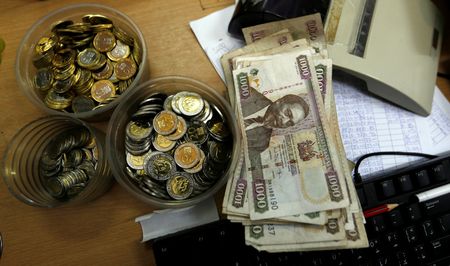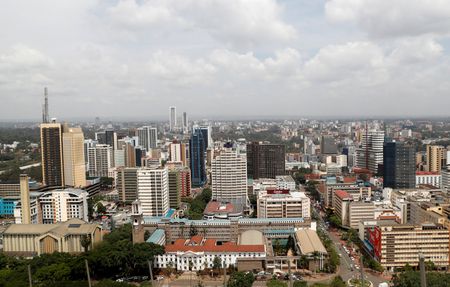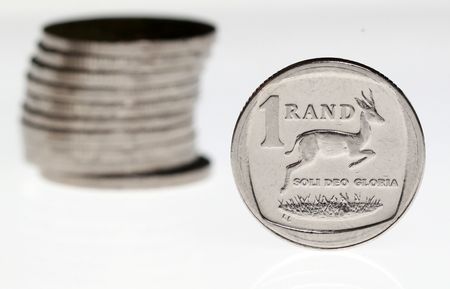By Anna Hirtenstein
LONDON (Reuters) -Oil gained more than $1.50 per barrel on Tuesday, rebounding on technical factors and bargain hunting after a decision by OPEC+ to boost output sent prices down the previous session, although concerns about a market surplus persisted.
Brent crude futures rose $1.67, or 2.8%, to $61.90 a barrel by 0927 GMT, the first gain after six consecutive declines, while U.S. West Texas Intermediate crude added $1.61, or 2.8%, to $58.74 a barrel.
Both benchmarks had settled at their lowest since February 2021 on Monday, driven by an OPEC+ decision over the weekend to further speed up oil production hikes for a second consecutive month.
“It’s rather surprising that we got this rebound this morning,” said Bjarne Schieldrop, chief commodities analyst at SEB. “But $60 [a barrel] is a psychological line. When oil drops down below $60, you get people saying all right this is a great price.”
Driven by expectations that production will exceed consumption, oil has lost over 10% in six straight sessions and dipped over 20% since April when U.S. President Donald Trump’s tariff shocks prompted increased bets on a slowdown in the global economy.
The return of Chinese market participants after a five-day public holiday since May 1 was also seen supporting prices on Tuesday.
“China also reopened today, and being the largest importer, buyers would have likely jumped to secure oil at current low levels,” said Priyanka Sachdeva, senior market analyst at Phillip Nova.
Also lending some support were Saudi Arabia’s latest official selling prices for its oil, which Reuters reported on Monday, according to Giovanni Staunovo, commodities analyst at UBS. The prices were cut modestly.
“They don’t show much of a fight for market share. It’s still a modest unwinding of the [OPEC+] cuts,” Staunovo said. “This will have readjusted some expectations.”
A data release showed a pick-up in the services sector’s growth in the U.S., the world’s major oil consumer, as orders increased.
The Institute for Supply Management (ISM) said on Monday its nonmanufacturing purchasing managers index (PMI) increased to 51.6 last month from 50.8 in March. Economists polled by Reuters had forecast the services PMI dipping to 50.2.
The U.S. Federal Reserve will likely leave interest rates unchanged on Wednesday as tariffs roil the economic outlook.
“Today’s slight rebound in oil prices appears more technical than fundamental,” said Yeap Jun Rong, a market strategist at IG. “Persistent headwinds including a pivotal shift in OPEC+ production strategy, uncertain demand amid U.S. tariff risks, and price forecast downgrades are continuing to weigh on the broader price movement.”
Barclays lowered its Brent crude forecast on Monday by $4 to $70 a barrel for 2025 and set its 2026 estimate at $62 a barrel, citing “a rocky road ahead for fundamentals” amid escalating trade tensions and OPEC+’s pivot in its production strategy.
Goldman Sachs also lowered its oil price forecast on Monday by $2-3 per barrel, as they now expect another 400,000 barrels per day production increase by OPEC+ in July.
(Reporting by Anna Hirtenstein in London. Additional reporting by Siyi Liu in Singapore and Arathy Somasekhar in Houston; Editing by Muralikumar Anantharaman, Lincoln Feast and Sharon Singleton.)










